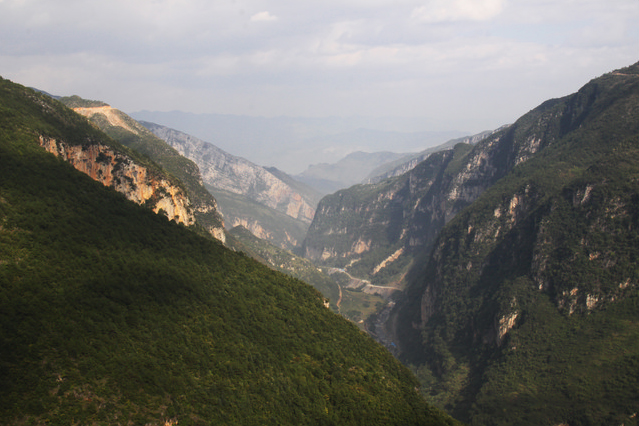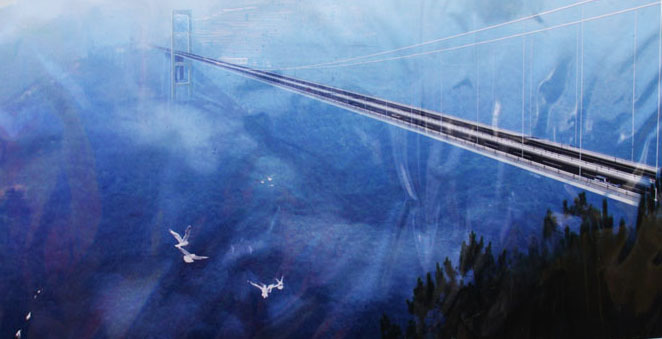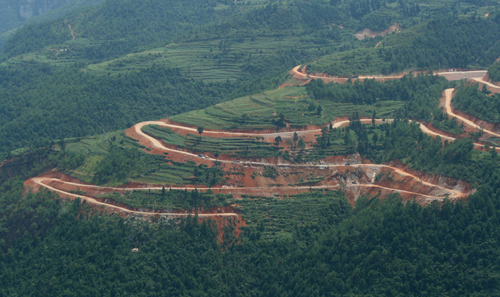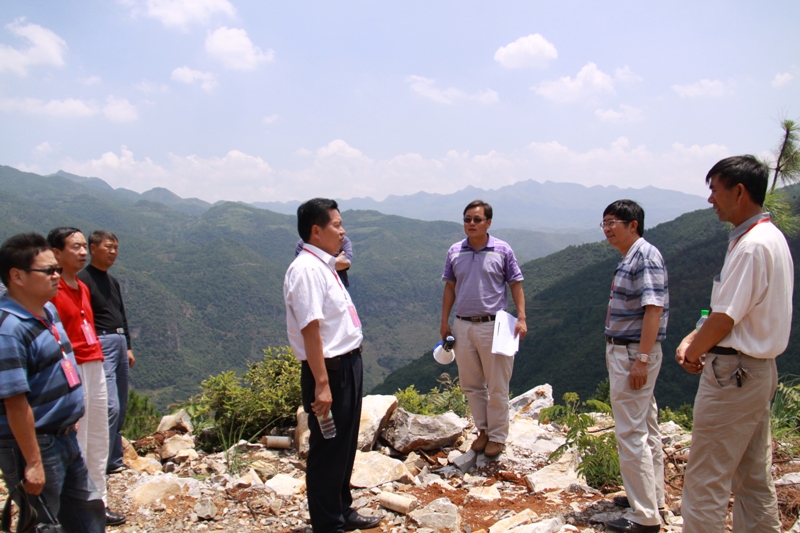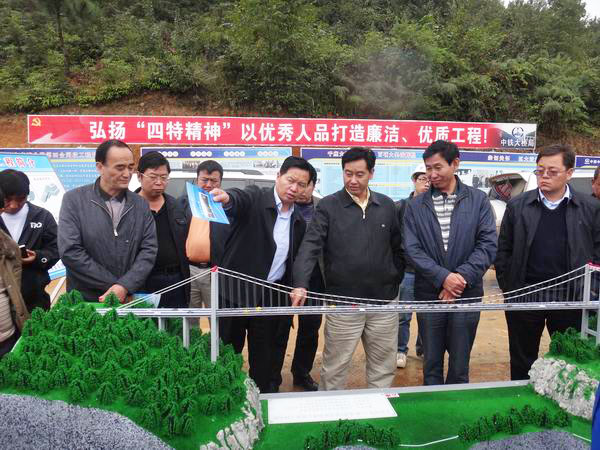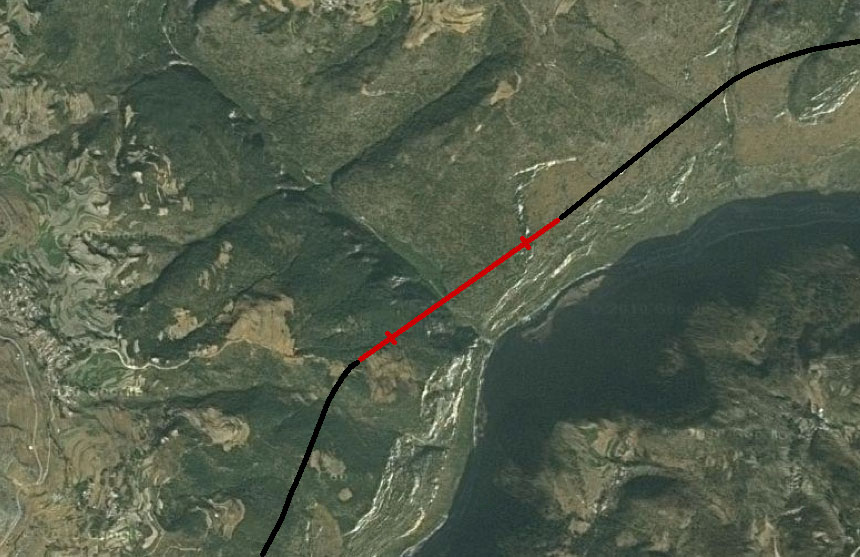Wanglongbao Bridge
Wanglongbao Bridge
望龙包特大桥
Fa’er Bouyei, Guizhou, China
(476) feet high / (145) meters high
525 foot span / 160 meter span
2013
Wanglongbao is one of 3 giant beam bridges that traverse over or along the deep Beipanjinag River valley
Puli Bridge will become the highest suspension bridge in Yunnan Province when it opens in 2015. The main span of 628 meters will be unique among China's highest suspension bridges in that it will have a thin, box deck girder instead of the usual truss. The Longjiang Bridge - also under construction in Yunnan Province - will also utilize an aerodynamic box deck girder. The entire deck will require 52 segments of 12 meters in length. The bridge crosses Puli creek just 200 meters before it empties into the spectacular Gexianghe River gorge.
The span is part of the new G56 expressway that will connect the city of Xuanwei, Yunnan with Liupanshui, Guizhou as well as the G76 expressway in Bijie, Guizhou. This entire Yunnan/Guizhou border region is becoming a new hot spot of high Chinese bridges. In addition to Puli they include the Beipanjiang Railway, Beipanjiang 2013, Beipanjiang 2016, Dimuhe, Zongqihe and Yuzuo Bridges.
The official photo and computer rendition above shows how the bridge would look if it crossed over the Gexiang River gorge. The bridge will actually cross the above view 90 degrees adjacent by coming straight from the left side slope and directly towards you. The Puli River is a tributary of the Gexiang and is hidden below the view of the camera.
A clean view of the Gexiang River gorge. The cameraman is standing on the approximate location of the Puli Bridge west tower while the east tower will be on the green slope on the left side. If the Gexiang River were to be crossed by a suspension bridge it would likely be more then 500 meters high!
Another early computer rendering of the Puli Bridge.
In 2011 a series of construction roads were created to access the foundation of one of the bridge towers. Construction of the bridge began in 2012.
A group of Yunnan engineers visit the east slope of the bridge site in 2011.
A group of Chinese engineers discuss the bridge design. The simplified terrain below the model does not show the full height of the V-shaped valley.
Puli Bridge satellite image with bridge and highway drawn in. Note how the bridge crosses the Puli River just before it empties into the Gexiang River that flows off to the right. The Puli River likely tumbles down a waterfall-like cascade for the last 100 meters of descent before it blends into the Gexiang River.
